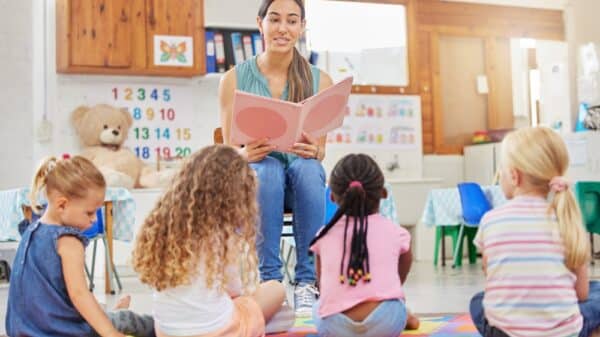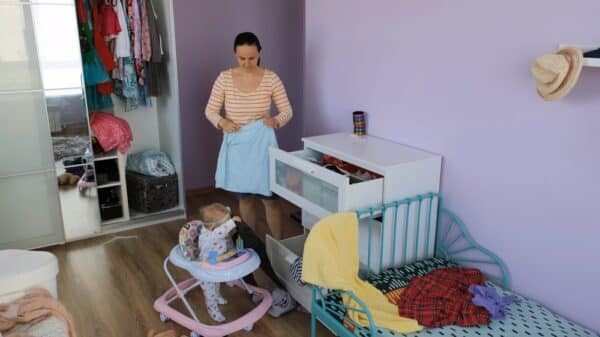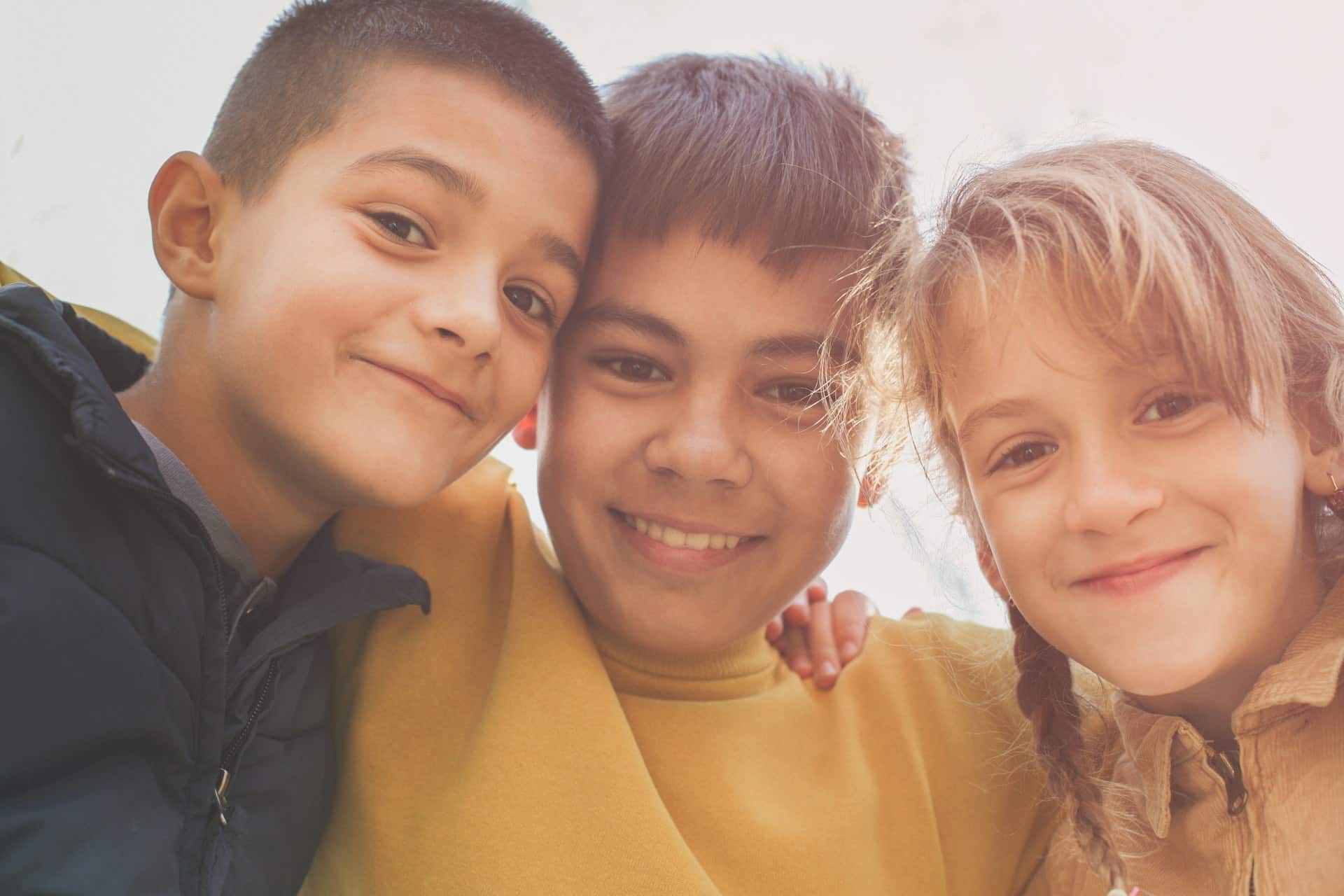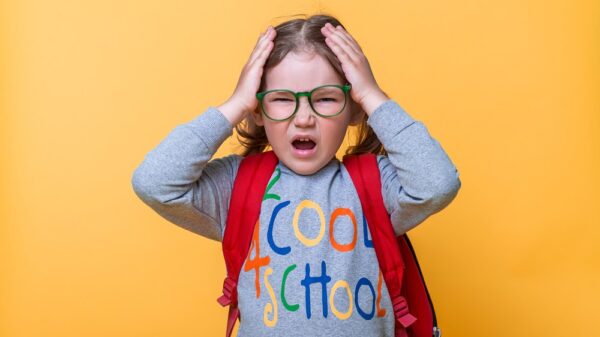My son just finished his first year of pre-K, a time brimming with milestones—writing his name, counting all the way up to 200, and forming friendships. But perhaps the most crucial lessons he learned are about social dynamics and how to navigate them. This past year, he had a classmate whose words would often hit my son’s sensitive nerves, leaving him upset. It made me ponder a serious question: Is it okay to teach my child that he doesn’t have to be friends with everyone? We’ve always emphasized being kind and respectful, but I found myself wrestling with whether I was giving my son an “easy out” or if I was correctly encouraging him to set healthy boundaries.
To get clarity, I reached out to experts in child development and education. According to Sari Goodman, a parent coach and educational consultant, it’s perfectly acceptable to let kids know they don’t have to be friends with everyone. “As a mom, a teacher, and an administrator, I learned that kids need to identify who they vibe with and who they don’t. While they should be respectful, the fact is that no one is best friends with everyone,” she explains. This sentiment resonated deeply with me; after all, adults don’t bond with every coworker, either.
Then, I spoke with psychotherapist Amy Morin, who echoed that it’s not just okay but crucial for children to be selective in their friendships. “When kids assume that everyone is a friend, they risk trusting the wrong people, which can lead to heartbreak and unhealthy relationships later in life,” she pointed out. It made perfect sense—teaching our kids to be discerning can ultimately protect them from potential emotional turmoil.
Furthermore, child psychologist Dr. Robyn Koslowitz emphasized that it’s vital for children to cultivate kindness while also recognizing personal boundaries. “We want our children to be inherently kind—that’s a must. However, being kind doesn’t imply that they need to share their inner world with everyone,” she clarified.
So, how can we guide our children through this nuanced terrain of friendship and boundaries? Let’s be honest: adults often find this difficult, so it’s essential that we equip our kids with the right tools. Dr. Koslowitz suggests helping kids learn about themselves first. By understanding their likes and dislikes, they can better discern who they click with. “Think of it this way: Carrots and peanut butter can taste great individually, but together? Not so much. Just like food pairings, sometimes personalities don’t mesh, and that’s okay. It’s not about being cruel; it’s just chemistry,” she explains.
It’s also crucial to teach kids to communicate when they’re uncomfortable. Encouraging them to express how they feel can open the door to meaningful conversations. “Let’s say a kid shoves another during playtime; a good response could be, ‘I don’t like it when you invade my personal space.’ If the other child responds, ‘I had no idea! I’ll stop,’ then you’re likely engaging in a friendship worth nurturing. But if the behavior persists, it’s a clear signal to step back—making room for healthier relationships,” she added.
The consensus among experts is that even young kids can grasp these concepts, but it becomes more significant as they enter elementary school, where social interactions intensify. “During recess and lunchtime, they’ll need to learn the difference between classmates and actual friends,” Morin explained.
One practical approach is to define desirable friendship qualities. “Discuss what makes a good friend—kindness, sharing, helpfulness, and communication. Encourage your child to keep an eye out for these traits in others,” Morin suggests.
Finally, discussing how to interact with various people can take different forms. Some experts might prioritize kindness while others emphasize respect, but the key is to clarify what those values look like in action. “Encourage behaviors of kindness, such as smiling or saying hello to classmates. Contrast that with the deeper connections reserved for true friends—like confiding in them or asking for help,” Morin elaborates.
Using visual aids can be effective too; drawing concentric circles on a paper can help illustrate who fits in their inner circle versus those who are more casual acquaintances. Teaching them that not every relationship needs to be deep can alleviate the pressure they might feel about making friends.
Navigating friendship can be complex, but by helping our children understand their preferences and setting healthy boundaries, we’re equipping them for happier, more fulfilling social interactions.
Image Source: Unsplash



































